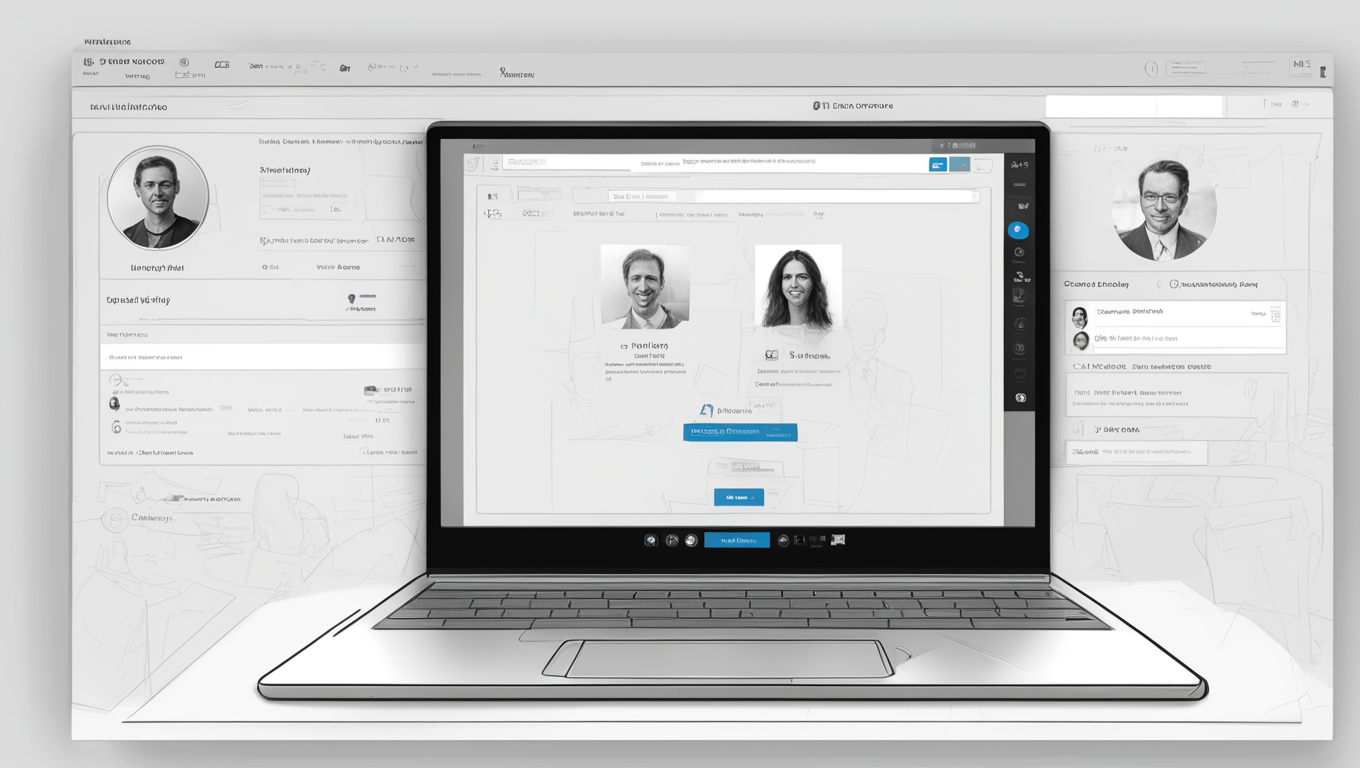LinkedIn, the social network for professionals, is taking advantage of artificial intelligence (AI) to enhance its service for recruiters and marketers. The platform, which has over 950 million members, plans to introduce AI features that will allow recruiters to search for job candidates using natural language queries. Instead of having to manually input data filters and keywords, recruiters can now ask questions in a conversational manner and receive relevant suggestions. This development is made possible by LinkedIn’s use of OpenAI technology, a provider of leading AI solutions that Microsoft has invested in.
According to Ryan Roslansky, LinkedIn’s CEO, the new feature aims to prioritize skills over traditional job titles or educational background. As the job market evolves and new roles emerge, focusing on skills becomes crucial in finding the right candidates. Roslansky explained, “When you just focus on whether someone went to an Ivy League school or worked at Google, you’re talking about a very narrow set of people that everyone is trying to hire. When you focus on the skills that are required to do the job effectively, all of a sudden, you see there are tens of thousands of candidates out there.”
This shift toward skills-based recruitment is an important step for LinkedIn. By leveraging AI, the platform enables recruiters to connect with a larger talent pool and find candidates who are well-suited for specific roles, regardless of their job titles or education. It opens up opportunities for hiring professionals to discover individuals who possess the necessary skills but may have opted for non-traditional career paths or have titles that do not directly match the job requirements.
LinkedIn’s AI-powered feature is not only beneficial for recruiters but also for sales professionals. The platform is introducing similar tools that will assist sales teams in searching for prospects. These features will help sales professionals identify potential clients based on specific criteria and expand their network efficiently.
Furthermore, LinkedIn is introducing an AI tool that reads a company’s website to create targeted marketing campaigns for business-to-business products and services. This tool eliminates the need for manual campaign creation, allowing marketers to run effective campaigns on LinkedIn’s platform. This feature has the potential to streamline marketing efforts and help businesses reach their target audience more effectively.
Despite these significant advancements, LinkedIn does not plan to charge extra for the new AI features. Instead, the company aims to enhance user experience and expand its reach by providing these tools as part of its existing offerings. Ryan Roslansky emphasized the role of AI in augmenting user tasks and acknowledged that users may need to adapt to these changes. However, he also stated, “For the majority of the world, you’re going to find that those tasks are going to be augmented by AI, so your role is going to need to adapt a little bit.” This recognizes the potential for AI to streamline processes and improve efficiency in various professional roles.
LinkedIn’s incorporation of AI into its core businesses is a significant step forward for the platform. By leveraging the power of AI, LinkedIn aims to provide its users with more efficient search and marketing capabilities. The shift towards skills-based recruitment not only benefits recruiters but also encourages a more diverse and inclusive job market. As the business landscape continues to evolve, LinkedIn is positioning itself as a platform that can adapt to the changing needs of professionals worldwide.





Use the share button below if you liked it.